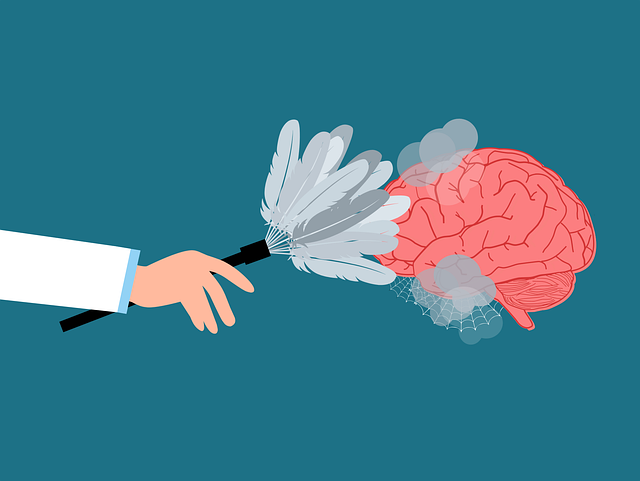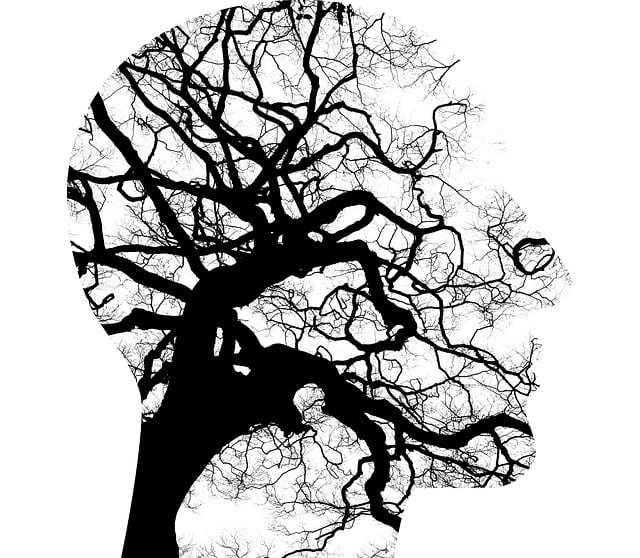Bilingual therapy approaches are gaining prominence in adolescent mental health services due to their ability to address cultural, linguistic, and developmental challenges unique to this demographic. These methods overcome communication barriers, creating comfortable environments where teens can explore issues like identity formation, peer pressure, and academic stress. Through culturally sensitive practices and language accessibility, professionals facilitate tailored self-care strategies, fostering inner strength and positive emotional well-being. Effective risk management for mental health professionals in bilingual settings involves strategic planning, self-awareness exercises, and staying updated on mental health policies, transforming risk management into an integral part of comprehensive therapy for adolescent teens.
Mental health professionals face unique risks when working with adolescent teens, especially in bilingual settings. This article explores comprehensive risk management planning, a crucial strategy for ensuring client safety. We delve into understanding cultural and linguistic nuances in adolescent therapy, creating tailored risk assessments, and implementing effective mitigation strategies. Additionally, we emphasize continuous monitoring and adaptation, highlighting the importance of staying agile in this dynamic field to provide optimal care for all teens, regardless of language or background.
- Understanding Risks in Adolescent Therapy: A Bilingual Approach
- Creating a Comprehensive Risk Management Plan
- Implementation Strategies for Effective Risk Mitigation
- Continuous Monitoring and Adaptation: Ensuring Client Safety
Understanding Risks in Adolescent Therapy: A Bilingual Approach

In the realm of mental health professional services, particularly when catering to adolescent teens through therapy for adolescent teens bilingual approaches are becoming increasingly vital. Understanding and mitigating risks specific to this demographic requires a nuanced perspective that considers cultural, linguistic, and developmental factors. Many adolescents face unique challenges, such as identity formation, peer pressure, and academic stress, which can significantly impact their emotional well-being. A successful risk management plan in adolescent therapy must therefore incorporate strategies for inner strength development and self-care practices tailored to this age group.
Bilingual therapy offers a promising symphony of solutions by addressing communication barriers and fostering a sense of comfort and security. This approach not only enhances the therapeutic process but also promotes emotional well-being promotion techniques that resonate with diverse adolescent populations. By integrating cultural sensitivity and language accessibility, mental health professionals can create a safe space where teens feel empowered to share their experiences and work towards positive change.
Creating a Comprehensive Risk Management Plan

A comprehensive risk management plan is essential for mental health professionals, especially those offering therapy for adolescent teens in a bilingual setting. This strategy should encompass a detailed assessment of potential risks and hazards specific to this demographic, such as cultural barriers, language constraints, and unique psychological challenges faced by young individuals navigating both adolescence and language transitions. By implementing a robust risk management plan, therapists can ensure they are equipped to handle crises effectively while fostering a safe and inclusive environment.
The plan should incorporate elements of crisis intervention guidance tailored for adolescents, integrating strategies that address immediate threats while also promoting long-term mental wellness. Bilingual mental health professionals can leverage their linguistic skills to develop targeted interventions and Mental Wellness Coaching Programs, ensuring cultural sensitivity and accessibility. Furthermore, staying informed about local Mental Health Policy Analysis and Advocacy initiatives empowers professionals to contribute to systemic improvements, indirectly benefiting their clients’ long-term care and recovery journeys.
Implementation Strategies for Effective Risk Mitigation

Effective risk management planning for mental health professionals involves strategic implementation to mitigate potential risks in therapy sessions with adolescent teens. One key strategy is integrating self-awareness exercises into treatment regimens. These exercises foster deeper understanding of one’s emotions, thoughts, and behaviors, enabling professionals to anticipate and respond appropriately to various client presentations. By enhancing their own mental health and emotional intelligence, therapists can create a safer, more supportive environment for their young clients, thereby reducing risks associated with therapy.
Additionally, mental health policy analysis and advocacy play a crucial role in risk management. Staying informed about relevant laws, guidelines, and best practices ensures professionals are equipped to navigate ethical dilemmas and potential legal challenges. Advocating for policies that support evidence-based practices and promote cultural competency, such as the availability of bilingual therapy services, can significantly enhance the quality of care provided to adolescent teens from diverse backgrounds. This holistic approach ensures that risk management is not just a reactive process but an integral part of delivering comprehensive, effective therapy.
Continuous Monitoring and Adaptation: Ensuring Client Safety

Mental health professionals play a crucial role in fostering inner strength development and resilience building among their adolescent clients. To ensure client safety, continuous monitoring and adaptation are essential components of risk management planning. This involves regularly assessing each teenager’s emotional well-being, especially during therapy for adolescent teens bilingual in multiple languages, to identify any emerging risks or changes in their mental state. By staying attuned to these nuances, professionals can promptly implement strategies to enhance self-esteem improvement and mitigate potential hazards.
Adapting therapeutic approaches based on ongoing observations allows for a dynamic process that caters to the evolving needs of each young individual. This proactive measure not only safeguards clients but also demonstrates a commitment to their holistic development. Through such continuous monitoring, mental health experts can create a supportive environment that encourages open communication, enabling adolescents to navigate challenges and build resilience effectively.
Mental health professionals play a vital role in supporting adolescent teens, especially those engaging in therapy. By implementing robust risk management planning, they can ensure client safety and deliver effective services tailored to complex needs. This includes adopting a bilingual approach in understanding cultural risks specific to adolescent therapy. Through comprehensive risk assessments, adaptive strategies for mitigation, and continuous monitoring, professionals can navigate the challenges and foster positive outcomes for their young clients. Embracing these practices is key to revolutionizing mental health care for adolescents and promoting resilient, healthy individuals.














